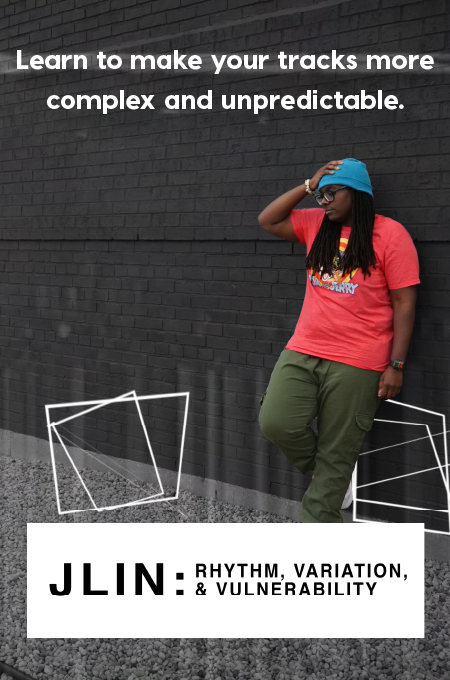+ Welcome to Soundfly! We help curious musicians meet their goals with creative online courses. Whatever you want to learn, whenever you need to learn it. Subscribe now to start learning on the ’Fly.
Technically speaking, a chord progression is just any succession of musical chords, which themselves are groupings of two or more different notes typically played simultaneously. Progressions can be as short as playing simply two different chords, or they can be as long as you want them to be!
In pop music, chord progressions tend to unfold over a single line of lyrics, and loop back to the top to repeat until the section changes. But in other styles, like jazz and classical, they may never loop and repeat. In either case, a chord progression helps to establish a harmonic path for your melody to surf on top of.
But a chord progression can be so much more than simply a series of chords! It’s a doorway leading to a complex string of emotions, a journey that you’re capable of shaping for your listeners to as subtle or open-ended a degree as you wish. Chords themselves carry emotional weight, and when strung together in a linear progression, they create a narrative via which you can tell your story through song.
In the above video, featured in our free online course, Music Theory for Beginner Pianists, instructor Ian Temple relays his own story. On the verge of quitting piano at an early age out of boredom, Ian was reinvigorated after a lesson from a jazz teacher who stressed the importance of playing freely over a foundation of simple chords. In other words, he showed Ian how simple chords can lead to writing melodies, improvising, and experimenting with the way the chords sit together in a progression.
Chord progressions also typically serve to establish a tonality, which is essentially what key signature your song is in. That’s centered around a tonic note, and its corresponding chord. The easiest example to illustrate this would be the key of C major, which contains the notes C, D, E, F, G, A, B and C. No matter what chord progression you play in this key, if your melody contains those notes, it will sound great, like all the notes belong where they are.
Remember: major chords start with two whole steps, followed by a whole and a half step. Minor chords start with a whole and a half step, followed by two whole steps.
So, if you were to take all of the notes in the C major scale and make them into simple chord triads, it would look like this:
- C major – C E G
- D minor – D F A
- E minor – E G B
- F major – F A C
- G major – G B D
- A minor – A C E
- B diminished – B D F
You can play these chords in whatever order you want, and you’ll be playing a chord progression definitively in the key of C major. Try this out, and if you want to learn more about chords and scales, sign up for Soundfly’s two beginner music theory courses today for free: Building Blocks of Piano and Music Theory for Beginner Pianists.
Want to get all of Soundfly’s premium online courses for a low monthly cost?
Subscribe to get unlimited access to all of our course content, an invitation to join our members-only Slack community forum, exclusive perks from partner brands, and massive discounts on personalized mentor sessions for guided learning. Learn what you want, whenever you want, with total freedom.




